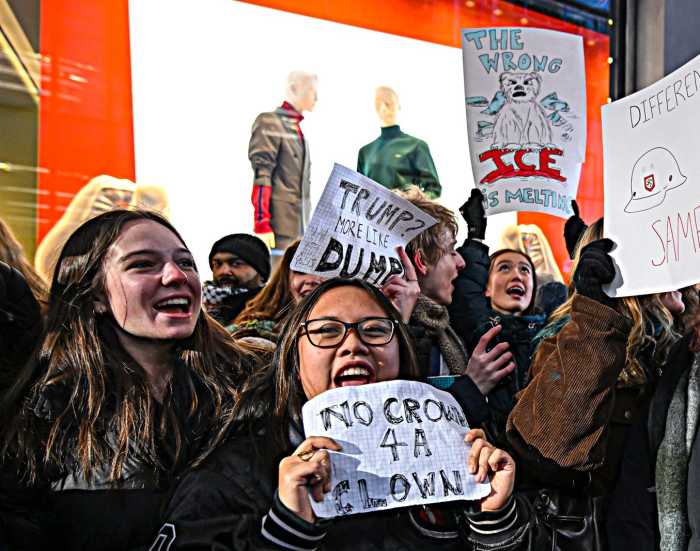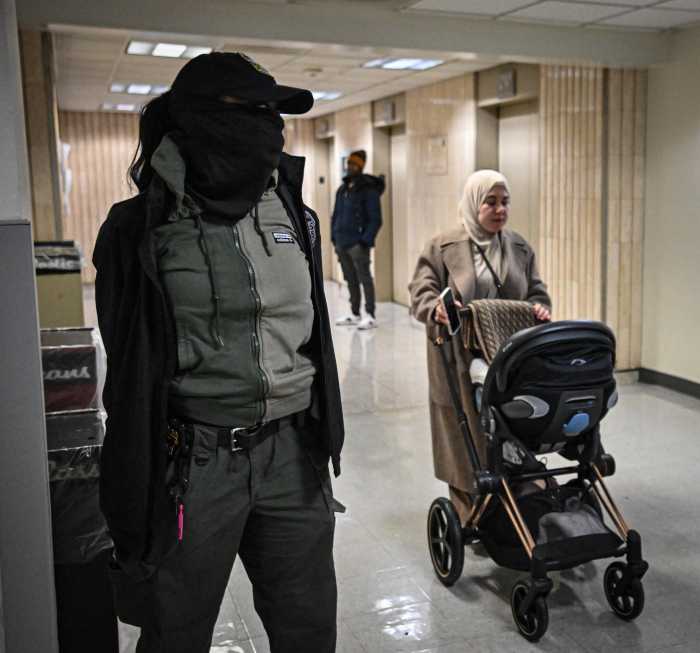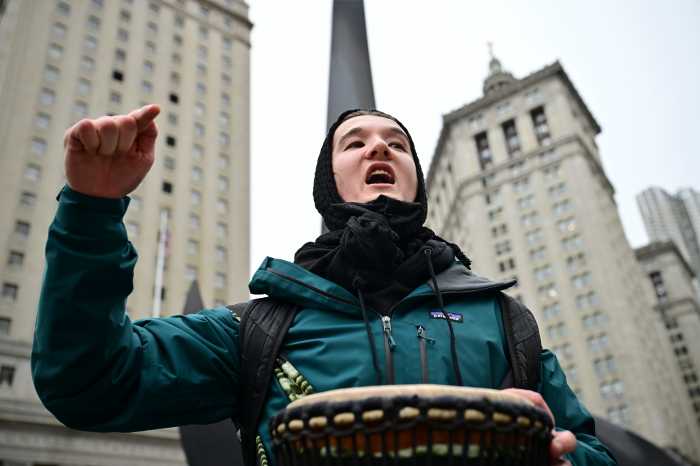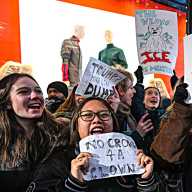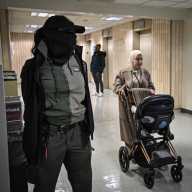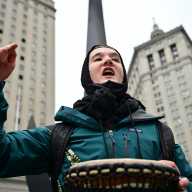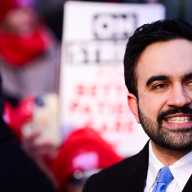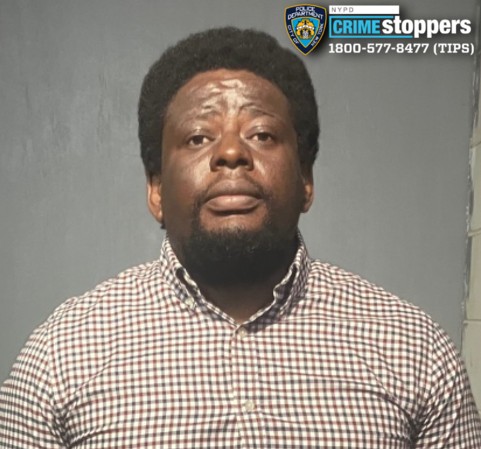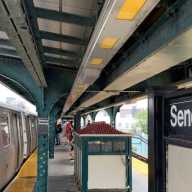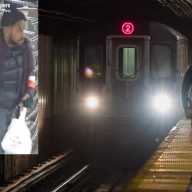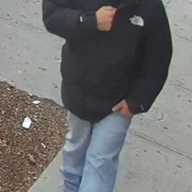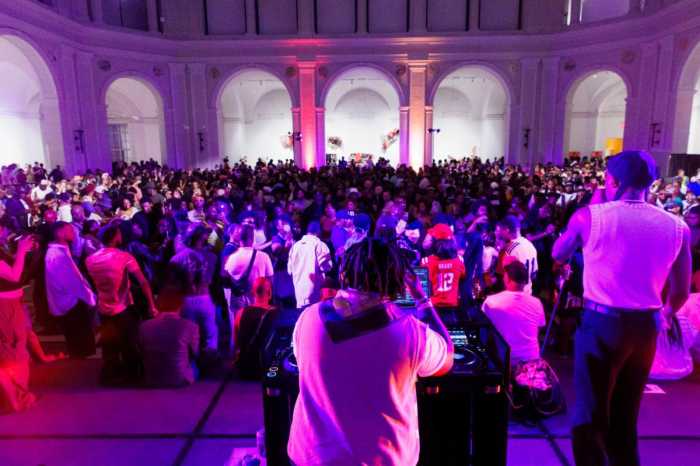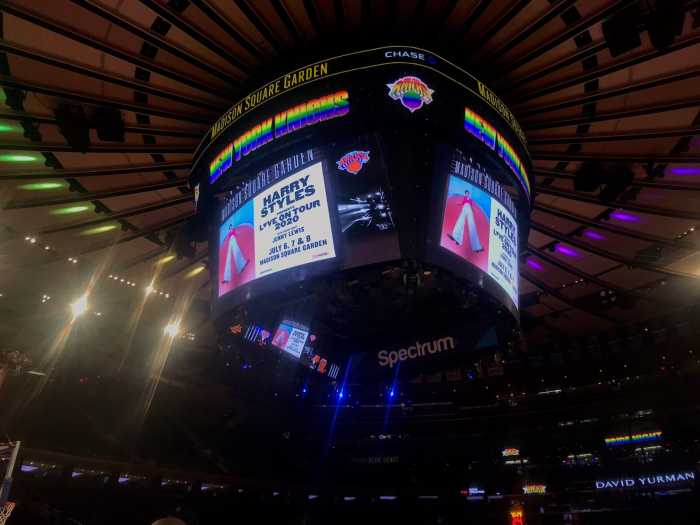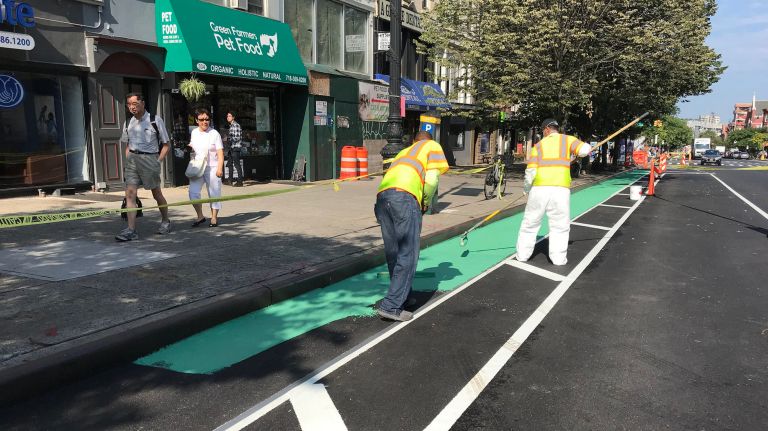
One year after a horrific crash in Park Slope claimed the lives of two children and injured their mothers, advocates for safer streets are hailing the city’s response as proof that other dangerous corridors can be improved at a more accelerated pace.
It was midday on March 5, 2018, when Lauren Lew and Ruth Ann Blumenstein stepped into the crosswalk with their children at Fifth Avenue and Ninth Street and had their lives irrevocably changed by a driver who barreled into them. Lew’s 1-year-old son Joshua and Blumenstein’s 4-year-old daughter Abigail were killed. Both mothers were hospitalized and Blumenstein, a Tony-award winning actress famously known by her stage name Ruthie Ann Miles, lost her unborn child.
Dorothy Bruns, the driver who was facing manslaughter and other charges, was found dead in November of an apparent suicide, according to police.
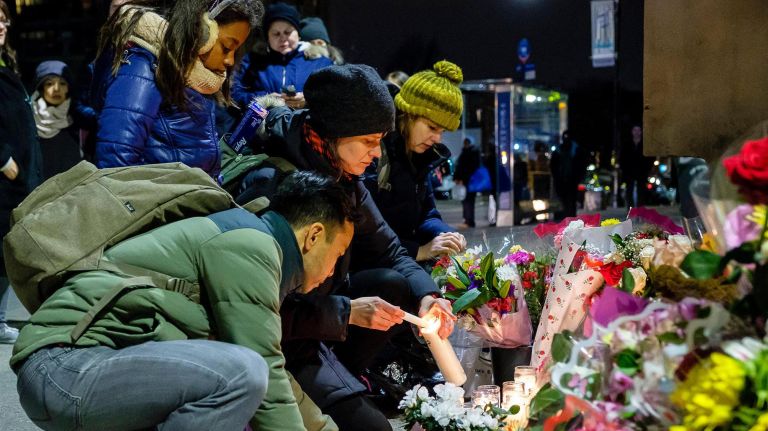
The tragedy renewed long-standing calls from community advocates for safety improvements along the busy Ninth Street corridor, which were implemented in September — just six months after the crash.
“What happened a year ago was a terrible tragedy, and the victims are still in our hearts. Following that incident, we took decisive action to make the corridor safer for everyone,” mayoral spokesman Seth Stein said. “We will continue aggressively pursuing Vision Zero across the city to save lives.”
Updated safety data along the corridor has not been released by the city since the redesign was completed. However, the changes that were implemented along Ninth Street — protected bike lanes, pedestrian islands and turn restrictions, among them — historically have proved to reduce pedestrian injuries and crashes across the city.
Marco Conner, interim executive director with the advocacy group Transportation Alternatives, said protected bike lanes benefit pedestrians and drivers as well as cyclists.
“It shortens the distance that pedestrians have to cross the street and be exposed to vehicles traveling at high speeds,” Conner said. “For drivers, when you narrow the roadway, you automatically slow down; it’s just a human inclination. Whereas a wider road tends to cause higher speeds.”
But the redesign is not without room for improvement, Conner added, particularly with regard to the pedestrian islands: "They could be improved even more by being cast in concrete. Right now, it’s just paint and plastic bollards."
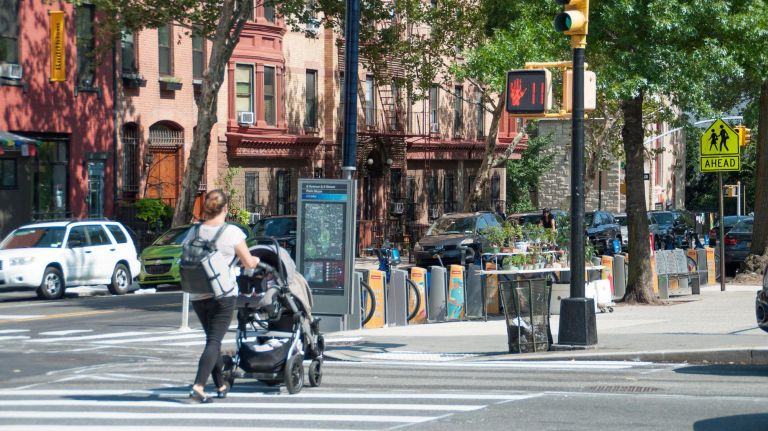
What the Ninth Street project also did was show that smart street design changes can be conceptualized and actualized in a relatively short amount of time.
“Usually, these changes would take a long time through an arduous community board process where the city essentially treats the community boards as having veto power over their lifesaving proposals,” Conner said. “So it begs the question, why not do more of this faster?”
A spokesman for the city Department of Transportation said the community’s support of the redesign played a role in making it happen in such a short time frame.
“We are particularly thankful to the local community for responding to last year’s tragic crash by working closely with our designers and engineers to help develop a safe and smart redesign along a wide corridor that was long known for dangerous speeding,” the spokesman said. “The safer crossings, protected bike lanes and expanded pedestrian space have made Ninth Street safer for everyone who lives, works or shops in the neighborhood.”
Now that the city has shown it can swiftly improve street safety, Conner said he would like to see the same changes made in other areas, such as Brooklyn’s Fourth Avenue corridor — before another tragedy occurs.
Fourth Avenue has already been designated one of the city’s “Great Streets” by the de Blasio administration, which prioritizes such corridors for safety improvements because of their high concentration of pedestrian and vehicular traffic. But the safety measures outlined in the initial proposal were limited. The redesign has since been updated to include more safety treatments such as protected bike lanes, but the plans have not yet moved forward.
"When the political will is there, it can be done. It’s not a matter of logistics," Conner said. "We shouldn’t have another tragedy occur to move the DOT to look at these measures."



